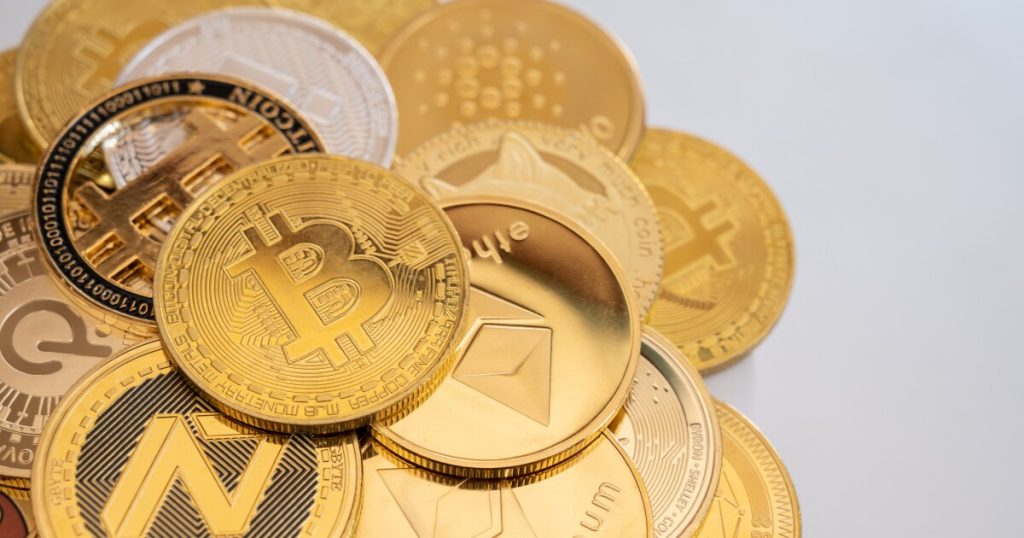Adobe Stock
With the GENIUS Act stablecoin legislation
Many of the banks will tout the greater speed, lower cost and superior client service of blockchain-based payments. And they’ll be right. But most will be conflating stablecoins with a much more likely bank product:
Both are blockchain-based representations of fiat value. But there the similarities end. And the difference matters, not just for bank business models, but also for the evolution of money.
To see how, let’s start with some terminology:
A stablecoin is a blockchain token backed 1:1 by cash or cash-like assets, used as a substitute for fiat in on-chain trade and other applications. Essentially, it is a tokenized dollar, relatively straightforward to conceptualize.
A tokenized deposit is more complicated to define, largely because a “deposit” is not a tokenizable asset, but rather a contract between a client and a bank. A deposit could contain $1,000 or $10 million, and its value can swing significantly, even intraday. So, what does a “tokenized deposit” represent?
For the purposes of this comparison, let’s simplify the confusing vocabulary and assume that tokenized deposits are bank-issued tokens backed by dollars held in client accounts, with one token equivalent to $1.
That may sound similar to a stablecoin, but the market impact is very different.
To see how, let’s dive into how each differs when it comes to transferring value.
A stablecoin is created when an authorized issuer, typically an onboarded financial institution, exchange or wallet provider mints new tokens that correspond to deposited reserves.
For example, let’s say an FX trader works with Circle, issuer of the stablecoin USDC, and makes a $1 million transfer from its fiat account to Circle’s fiat account. Circle receives the fiat transfer, adds it to reserves and mints 1 million USDC, which it transfers to the FX trader’s on-chain wallet. Because most stablecoins currently in circulation operate on public blockchains, the FX trader can then use the USDC any way it sees fit, even sending it to individuals with self-hosted wallets.
How does a tokenized deposit move? Similarly to how a fiat deposit moves — both involve state changes to centrally managed ledgers.
Imagine that a bank has already set up on-chain accounts on its private blockchain for client A and client B, each of whom is in a different banking jurisdiction. Also imagine that client A wants to transfer $1 million to client B on a Saturday night. There are many ways this could function, but the most common is as follows: The bank subtracts $1 million from client A’s fiat account, while the proprietary blockchain protocol mints $1 million worth of bank tokens and deposits them in the corresponding on-chain account. A transaction is then initiated on the private blockchain to transfer the tokens from client A’s on-chain account to that of client B. The tokens are then “redeemed”: The bank credits client B’s fiat account with $1 million, while the tokens are “burned” and cancelled.
This is not very different from simply following a traditional instruction to subtract from client A’s account and add to client B’s account — it saves some cross-border steps, but the ledger adjustment is still controlled by the bank, and the value transfer still ends up in the fiat accounts.
So, which is more money-like, stablecoins or bank-issued deposit tokens?
Stablecoins are on-chain dollar representations with a widening range of use cases: trade settlement, remittances, online purchases, collateral, savings and more. Essentially, they are a fiat substitute, accepted as money because they circulate freely and are fungible — a USDC, for example, has the same value in Chicago as in Mumbai.
Bank tokens, on the other hand, are more like messages that trigger a fiat account adjustment. Use cases are evolving beyond simple fund transfers to include collateral, tokenized asset trade settlement and other financial services within the bank’s network. But, for now, bank tokens are less a fiat substitute and more a representation of a client’s deposit at a specific bank. They do not circulate freely as transfers can only be between accounts created by the bank or authorized partners. And they are not fungible, as they are only accepted within a tight network.
Another way to see the difference in “moneyness” is in the backing assets.
Stablecoins are backed 1:1 by neutral reserves, typically cash or cash-like assets such as money market funds and short-term government securities, that have not been created by the issuer. Bank tokens, on the other hand, are backed by client deposits, which are in part created by the bank and are in turn backed by its reputation and its balance sheet.
What’s more, the difference in backing reserves also shapes the tokens’ purpose.
When stablecoins move between on-chain accounts, the reserves are not affected because they are not the point of the action, they are merely there to keep the value stable. Put differently, the users do not want to move reserves, they want to move stablecoins. The reserves are not the main object of the transaction, the stablecoins are.
With bank tokens, the opposite is true. Their value is kept stable by fiat deposits, but when the tokens change hands, a traditional deposit movement is usually the objective. Put differently, the traditional deposit transfer is the protagonist, and the tokens are the facilitator.
This gets us closer to what is perhaps the key big-picture difference between deposit tokens and stablecoins.
Deposit tokens improve banking services; they are about iterating on an existing business model. Stablecoins, on the other hand, represent a new form of money; they are about an entirely new marketplace.
So, although stablecoins and tokenized deposits are often conflated, they have little in common when it comes to functionality and scope. When we hear banks talk about one or the other, we should double-check that they understand the difference.

